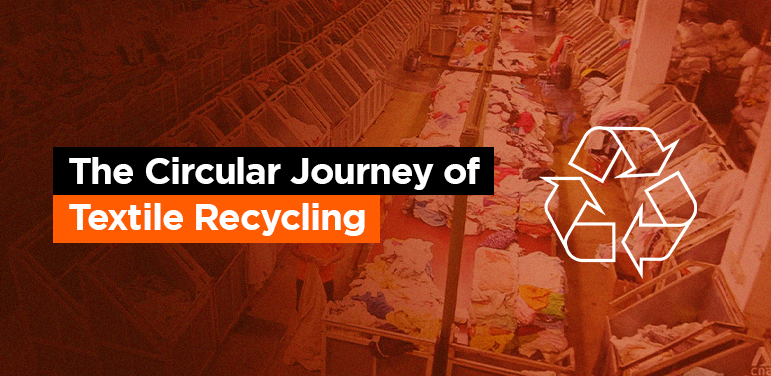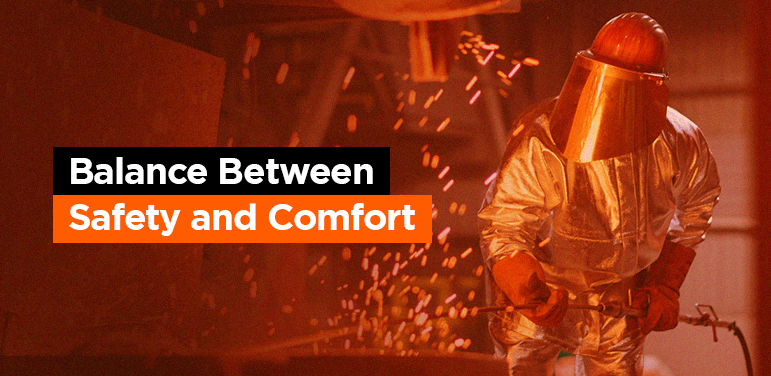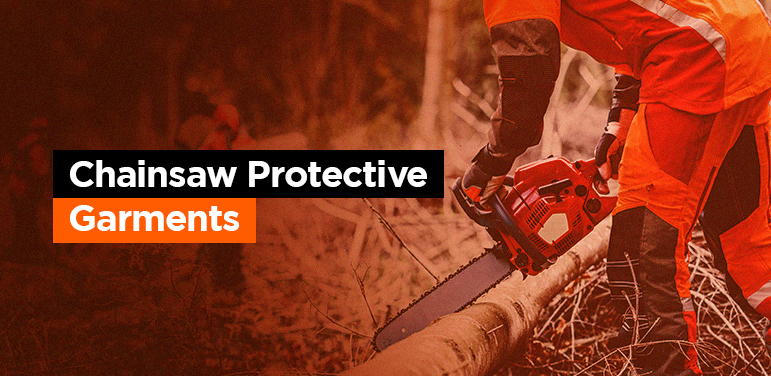Why Recycle Textiles? The textile industry is a major contributor to global environmental pollution, affecting land, air, and marine ecosystems. The processes involved in apparel manufacturing chain significantly impact greenhouse gas (GHG) emissions in addition to water resources depletion. Of the 37.4 billion MT global CO2 emissions in 2023, roughly 1.2 billion MT were attributed …
Read More
PFAS – What It Means, Safety Concerns, Regulations & PFAS-free Alternatives
What Are PFAS? PFAS stands for Per- and Poly- Fluorinated Alkyl Substances. PFAS are a large group of complex synthetic chemicals that have been used in the industry and consumer products around the world since the 1950s. They are used to give water, oil, and dirt repellent effect in various everyday products such as non-stick …
Read More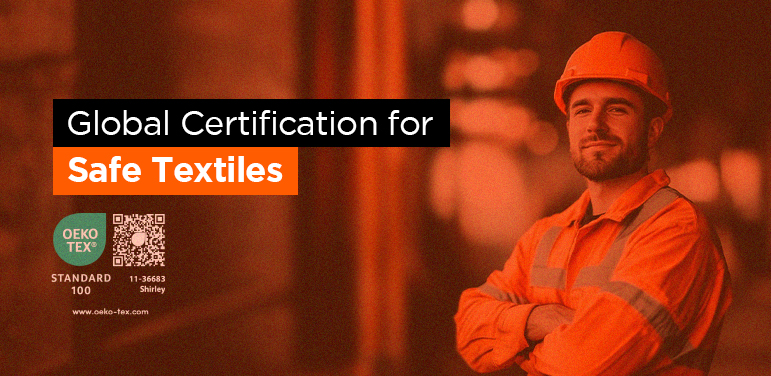
OEKO-TEX® Standard 100: A Global Certification for Safe Textiles
As awareness grows about the impact of chemicals and hazardous substances on human health and the environment, consumers are increasingly seeking assurances about the safety and sustainability of the products they buy. The OEKO – TEX® STANDARD 100 certification assures that textiles are free from harmful chemicals, including potentially toxic flame retardants, which could pose …
Read More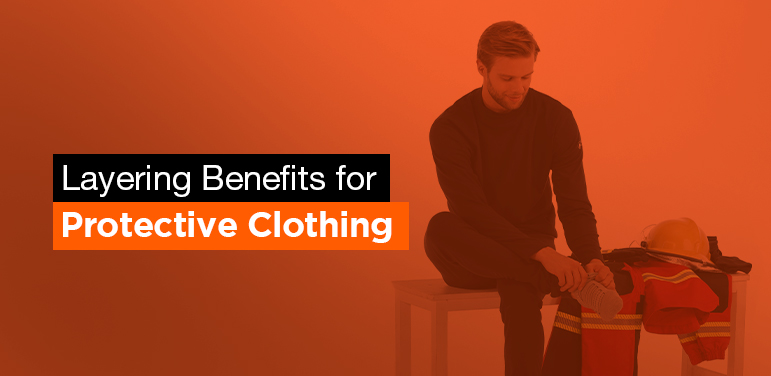
Benefits of Layering While Using FR Protective Clothing
Does it make good sense to use multiple layers of FR garments to protect against exposure to industrial heat and flame hazards, similar to the layering approach used in outdoor cold, rain & wind protective clothing? We will try to find out an answer to the above question in this blog. While it is a …
Read More
Unlocking Safety: Introducing TaraHEAL® – The Revolutionary Solution for Repairing FR Clothing
Introduction In the realm of safety, fire-resistant (FR) clothing stands as a stalwart guardian, offering unparalleled protection against fire and heat hazards. Unlike regular clothing, FR garments are engineered to withstand the rigors of harsh environments, resisting ignition, melting, tearing, and providing vital thermal insulation. However, ensuring the longevity and effectiveness of FR clothing necessitates …
Read More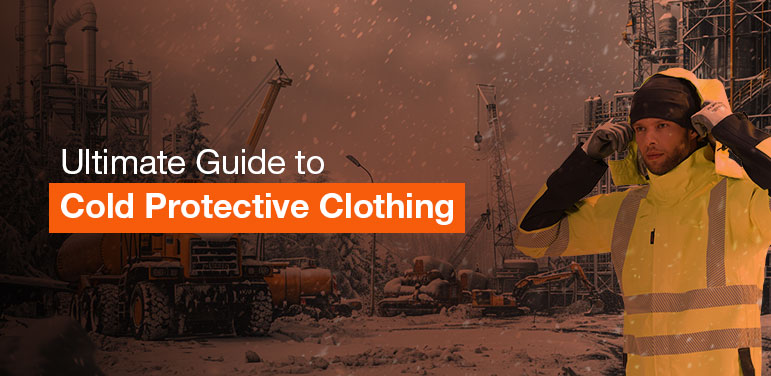
Braving the Chill: The Ultimate Guide to Cold Protective Clothing
When exposed to cold weather, the human body undergoes several physiological changes to maintain its core temperature and adapt to the cold environment. Cooling causes discomfort and impairs physical and mental performance in various ways. Frostbite, hypothermia, and other cold-related injuries can arise from prolonged exposure to cold atmospheric conditions. This can be sudden or …
Read More
